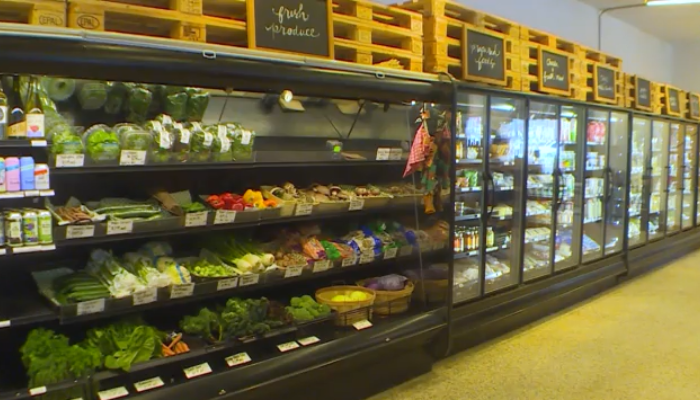
LATEST STORIES:


With the high cost of living hitting wallets hard, people across Southern Ontario are shopping for deals — a trend affecting both large discount chains and small grocers alike.
During 2023, Loblaws opened up 31 new Maxi and No Frills shops across Canada, and the company has plans to open 40 more in 2024.
Across the board, food prices are up 2.4 per cent, according to Statistics Canada’s latest numbers on inflation.
READ MORE: Bank of Canada continues to hold interest rate at 5%
Food expert Sylvain Charlebois says retailers are always adapting their portfolio of stores to match shifting demographics.
“The No Frills brand is a very successful one, especially right now. A lot of people are quite frugal, they’re trying to save,” he said. “And frankly, No Frills aren’t really difficult to build … They’re just a box with shelves.”
He says, on average, it only takes 14 to 16 weeks to build a new store.
But for independent locally-run grocery stores, a groundswell of discount options has indirectly created new challenges.
Justin Abbiss, the CEO of Market Box, says smaller locally-run grocers lack the buying power to keep up with the bigger retailers. His company, MRKTBOX, runs the Dundurn Market in Hamilton — a farm-to-table grocer that aims to stock local produce.
“If you want a thriving city, you’ve got to support the little guys, and we try to make it easy for you to come in and support a bunch of local guys all at once — so that’s our value proposition to our customers.”
One advantage the local grocers have is their atmosphere.
They know their customers, they’re usually walkable, and customers who shop in them report having a better overall experience.